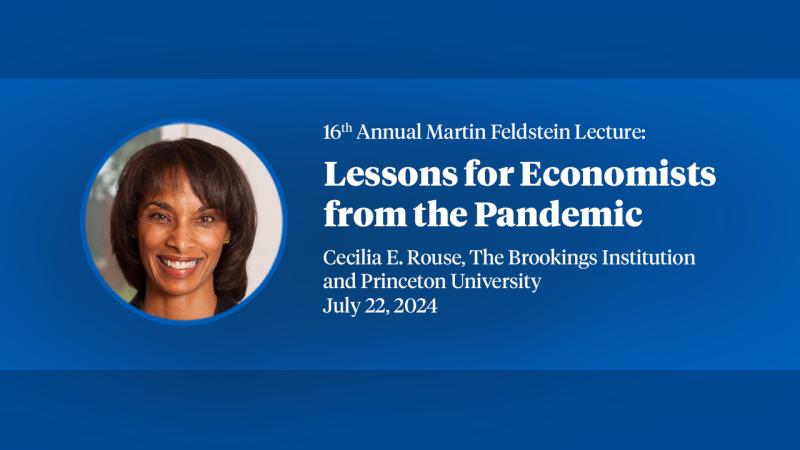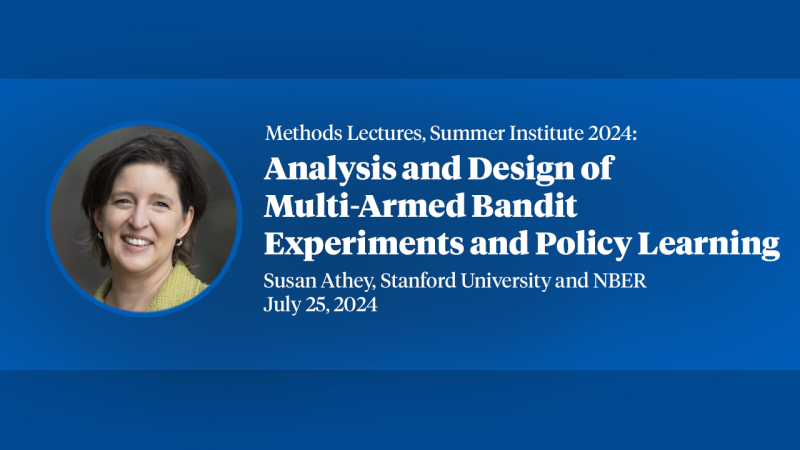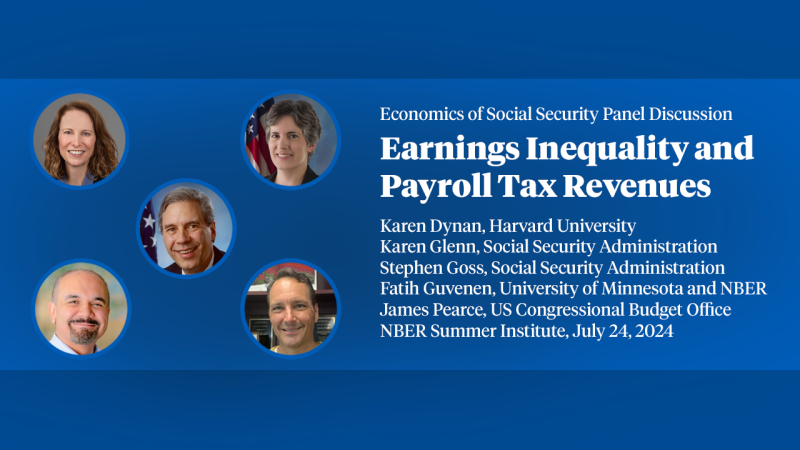Local Public Finance Dynamics and Hurricane Shocks
Since 1980, over 2,000 local governments in US Atlantic and Gulf states have been hit by a hurricane. Such natural disasters can exert severe budgetary pressure on local governments’ ability to provide critical infrastructure, goods, and services. We study local government revenue, expenditure, and borrowing dynamics in the aftermath of hurricanes. These shocks reduce tax revenues and expenditures, and increase the cost of debt in the decade following exposure. Major hurricanes have much larger effects than minor hurricanes. Our results reveal how hurricanes create collateral fiscal damage for local governments by increasing the cost of debt at critical moments after a hurricane strike. Municipalities with a racial minority composition 1 standard deviation above the sample mean suffer expenditure losses more than 2 times larger and debt default risk 8 times larger than municipalities with average racial composition in the decade following a hurricane strike. These results suggest that climate change can exacerbate environmental justice challenges.
Non-Technical Summaries
- A decline in business activity and the out-migration of residents take a toll on tax revenues and result in cutbacks of spending...
Published Versions
Rhiannon Jerch & Matthew E. Kahn & Gary C. Lin, 2023. "Local public finance dynamics and hurricane shocks," Journal of Urban Economics, vol 134. citation courtesy of ![]()


